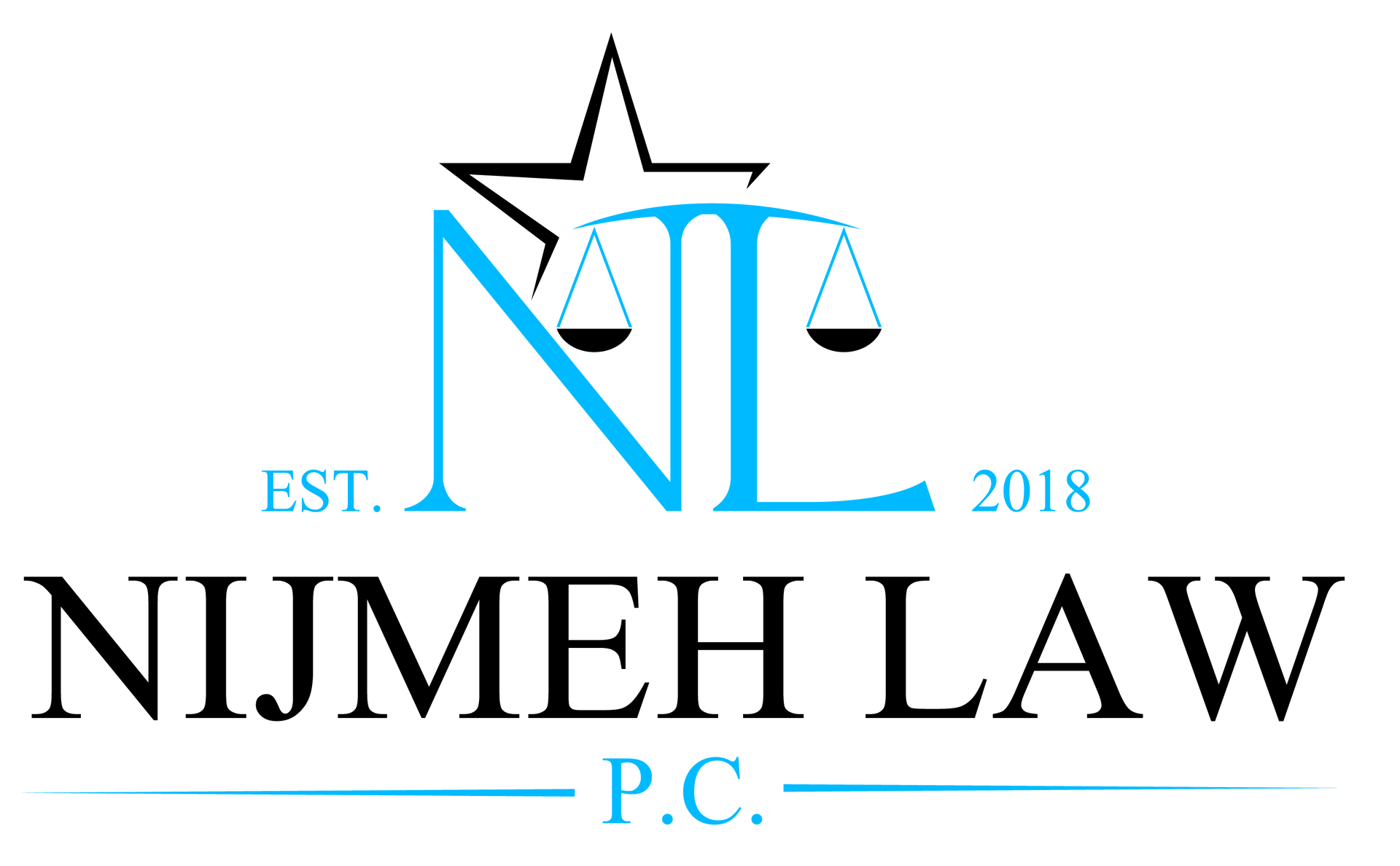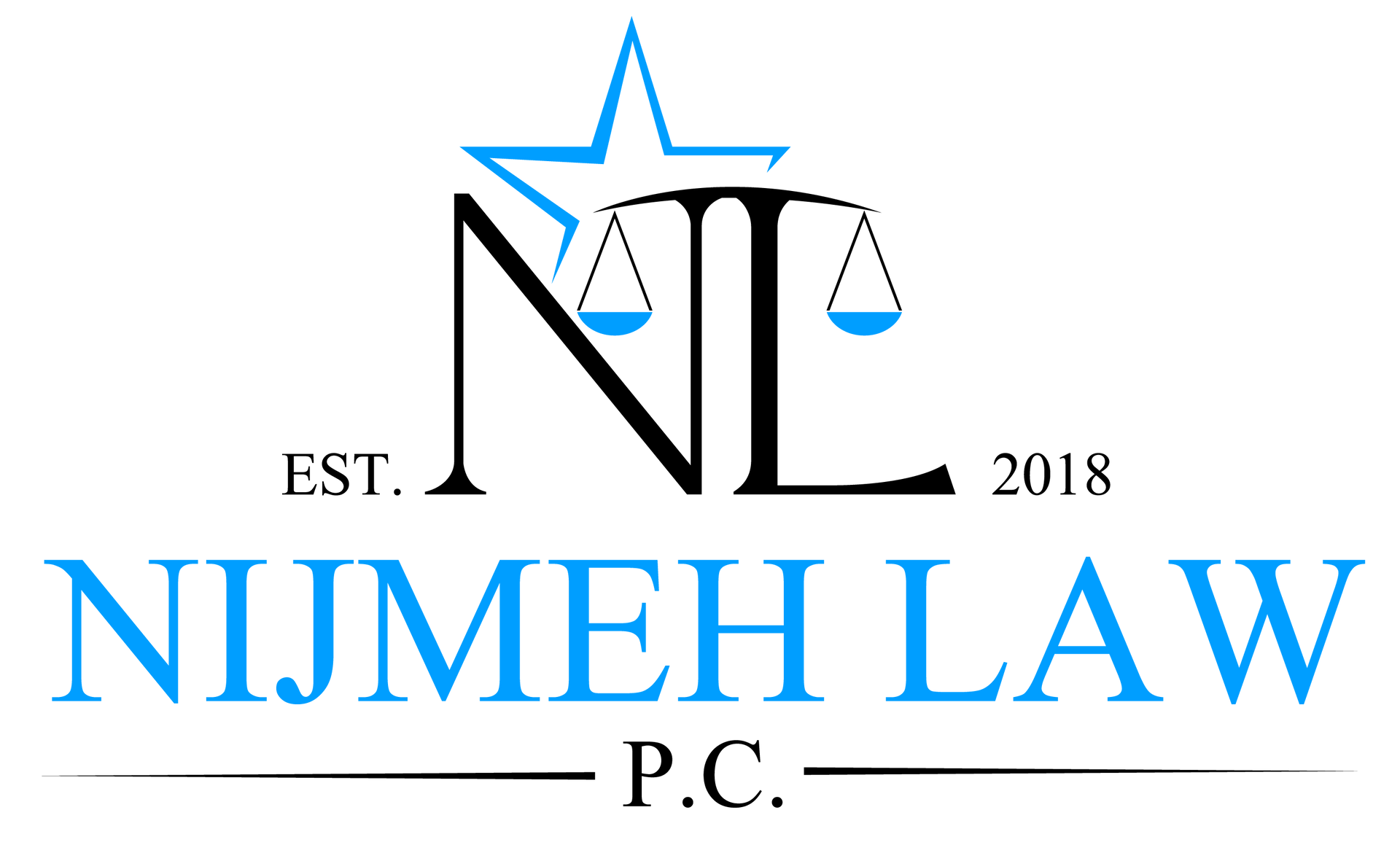Alternate Dispute Resolution (ADR)
San Jose Attorney Familiar with Alternate Dispute Resolution Serving Silicon Valley, Santa Clara County, and Surrounding Areas

Alternate Dispute Resolution (ADR) refers to methods used to resolve legal disputes without going to trial. ADR processes are typically quicker, less expensive, and less formal than traditional litigation. The most common forms of ADR in California, particularly in the context of divorce, custody, and other family law matters, include:
1. Mediation
- Description: Mediation is a voluntary, non-binding process where a neutral third party (the mediator) helps the parties involved in a dispute communicate and work toward a mutually agreeable solution.
- Process: The mediator facilitates discussions between the parties, helping them clarify their issues, explore possible solutions, and reach a settlement. The mediator does not make decisions for the parties.
- Advantages: Cost-effective, faster resolution, flexible, private, and allows the parties to maintain control over the outcome.
- Common Uses: Family law (divorces, custody issues), employment disputes, business disagreements, and civil disputes.
2. Arbitration
- Description: Arbitration is a more formal ADR process where a neutral third party (the arbitrator) listens to both sides and then makes a binding decision.
- Process: Similar to a trial, but less formal. Both parties present evidence and make arguments before the arbitrator, who then renders a decision. The decision is usually final and can only be appealed under very limited circumstances.
- Advantages: Faster and less expensive than going to trial, private, can be more flexible than litigation, and allows the parties to choose an arbitrator with specific expertise.
- Common Uses: Business disputes, employment contracts, consumer issues, and certain contracts with arbitration clauses.
3. Settlement Conferences
- Description: A settlement conference is a meeting facilitated by a judge or a neutral third party where the parties try to reach a resolution before going to trial. These are often mandatory before the Court will allow a case to proceed to trial, and they can be formal or informal.
- Process: Typically occurs in a courtroom or with the assistance of a judge or a referee. This can also occur informally between the parties and their respective attorneys (often referred to as a “4-way Conference”. The parties discuss the dispute, and in the context of formal mediation, the judge or neutral party helps to guide the conversation and may offer suggestions to settle the case.
- Advantages: Can save time and resources by resolving disputes before trial, and may provide a clear path to a settlement.
- Common Uses: Civil cases, family law, and cases involving court-mandated mediation.
4. Collaborative Law
- Description: Collaborative law is a process primarily used in family law cases where the parties and their lawyers agree to work together cooperatively to reach a settlement, without resorting to litigation.
- Process: Both parties, along with their attorneys, participate in a series of meetings with the goal of negotiating a settlement. If the process fails and litigation becomes necessary, the attorneys are disqualified from representing their clients in court.
- Advantages: Promotes cooperative problem-solving, reduces hostility, and can help preserve relationships (especially in family law cases).
- Common Uses: Divorce, child custody, and other family law matters.
5. Special Masters
- Description: A special master is a neutral third party appointed by the court to handle specific aspects of a case, such as discovery disputes, or to help manage complex litigation.
- Process: The special master can make recommendations, resolve disputes, or even make binding decisions on certain procedural or technical matters.
- Advantages: Efficiently handles technical or procedural issues, reducing the burden on the court.
- Common Uses: High-conflict child custody matters, Complex civil litigation, intellectual property disputes, and large commercial cases.
Conclusion
These are just some of the relevant applications of ADR in California. Courts encourage ADR due to its ability to offer quicker, cheaper, and more flexible resolutions to disputes. While mediation and arbitration are the most common forms of ADR, there are a variety of processes available to meet the needs of different types of cases. Courts in California often require parties to attempt ADR before proceeding to trial, in line with the state's public policy promoting the resolution of disputes outside of the courtroom.
Call now or click HERE to schedule an appointment for more information!
Click to read more:
Request consultation
Contact Us
We will get back to you as soon as possible.
Please try again later.
Powered by
© 2023 Nijmeh Law, P.C.. All Rights Reserved.
The attorneys at Nijmeh Law, P.C. are members of the California State Bar, licensed to practice law in this state. The content of this website is not, and should not be construed as, legal advice. Please know that by contacting the Nijmeh Law, P.C. through the “Contact” page, no attorney-client relationship is created and confidential information included in sent messages cannot be protected from disclosure. An attorney-client relationship can only be created by the mutual assent of both parties and only after a consultation and the execution of a fee agreement. Therefore, please do not send any confidential information until such time as an attorney-client relationship has been established.




